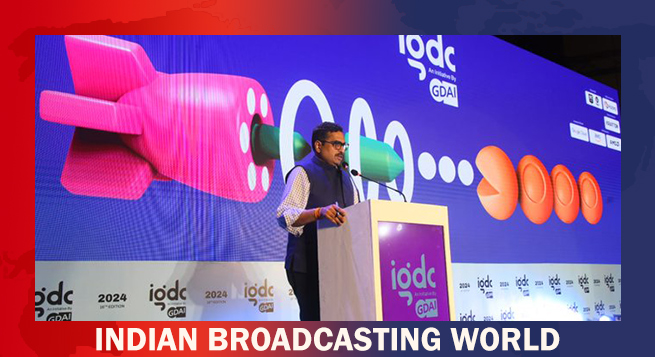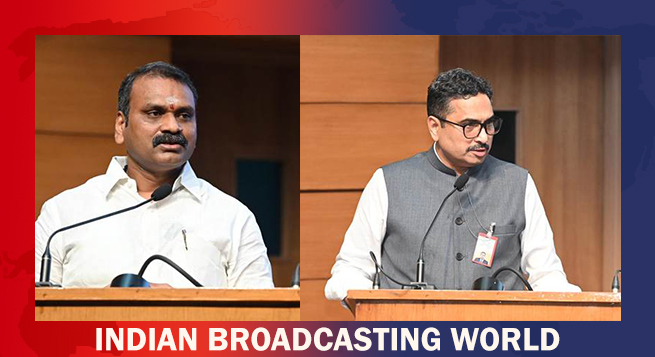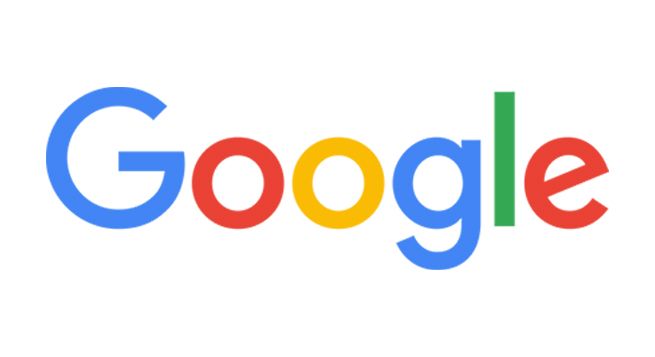Google received 36,934 complaints from users and removed 95,680 pieces of content based on those complaints in July 2021, the tech giant company said in its monthly transparency reports.
In addition to reports from users, Google also removed 5,76,892 pieces of content in July as a result of automated detection, PTI reported from New Delhi.
The US-based company has made these disclosures as part of compliance with India’s IT Rules that came into force on May 26.
On Tuesday, Google said it had received 36,934 complaints in July from individual users located in India via designated mechanisms, and the number of removal actions as a result of user complaints was 95,680 — the highest so far.
In June, Google had received 36,265 complaints and removed 83,613 pieces of content as a result of user complaints. It had removed 59,350 pieces of content in April and 71,132 pieces in May.
“Some requests may allege infringement of intellectual property rights, while others claim violation of local laws prohibiting types of content on grounds such as defamation. When we receive complaints regarding content on our platforms, we assess them carefully,” Google said on Tuesday.
The content removal was done under several categories, including copyright (94,862), trademark (807), court order (4), circumvention (3), counterfeit (1), graphic sexual content (1), impersonation (1) and other legal requests (1).
Google explained that a single complaint may specify multiple items that potentially relate to the same or different pieces of content, and each unique URL in a specific complaint is considered an individual “item” that is removed.
Under the new IT Rules, large digital platforms, with over five million users, will have to publish periodic compliance reports every month, mentioning the details of complaints received and action taken.
The report must also include the number of specific communication links or parts of the information that the intermediary has removed or disabled access to in pursuance of any proactive monitoring conducted by using automated tools.
Google’s report showed that it had removed 5,76,892 pieces of content in July as a result of automated detection. This number stood at 5,26,866 in June.
The company said for data related to automated detection processes, it has included data where the sender or creator of the content is located in India.
“In order to attribute a location to an individual sender or creator, we use data signals such as location of account creation, IP address at the time of video upload and user phone number, as available. Please note that senders or creators of content may attempt to evade detection through location-concealing mechanisms,” it said.
While Google is committed to revealing any bad actors through industry-leading detection tools, reporting based on location attribution should be interpreted as a directional estimate, it added.
The company noted that when it receives complaints regarding content on its platforms, it assesses them carefully.
“There are many reasons we may not have removed content in response to a user complaint. For example, some requests may not be specific enough for us to know what the user wanted us to remove (for example, no URL is listed in the request), or the content has already been removed by the user when we process the complaint,” it explained.
A removal action may be taken on a complaint if the content violates Google’s Community Guidelines, content policies, or local legal requirements, while for automated detection processes, a removal action is taken if content violates its Community Guidelines or content policies, it added.
 Kevin Vaz, Kiran Mani, Sanjog Gupta to head 3 verticals of JioStar
Kevin Vaz, Kiran Mani, Sanjog Gupta to head 3 verticals of JioStar  Govt & industry to prime gaming space for global dominance: MIB Secy Jaju
Govt & industry to prime gaming space for global dominance: MIB Secy Jaju  Netflix ad-supported tier touches 70mn MAUs globally
Netflix ad-supported tier touches 70mn MAUs globally  Minister Murugan likens IFFI to Cannes fest; ‘Better Man’ opening film
Minister Murugan likens IFFI to Cannes fest; ‘Better Man’ opening film  Ali Fazal wraps up filming for ‘Metro In Dino’
Ali Fazal wraps up filming for ‘Metro In Dino’  ‘The Fable’ wins best film at the 38th Leeds International Film Festival
‘The Fable’ wins best film at the 38th Leeds International Film Festival  Sony SAB brings back ‘Tenali Rama’ at 8 pm slot
Sony SAB brings back ‘Tenali Rama’ at 8 pm slot  Zee Telugu to premiere ‘Aay’ on November 17
Zee Telugu to premiere ‘Aay’ on November 17  Release date of Pratik Gandhi, Divyenndu-starrer ‘Agni’ announced
Release date of Pratik Gandhi, Divyenndu-starrer ‘Agni’ announced 








